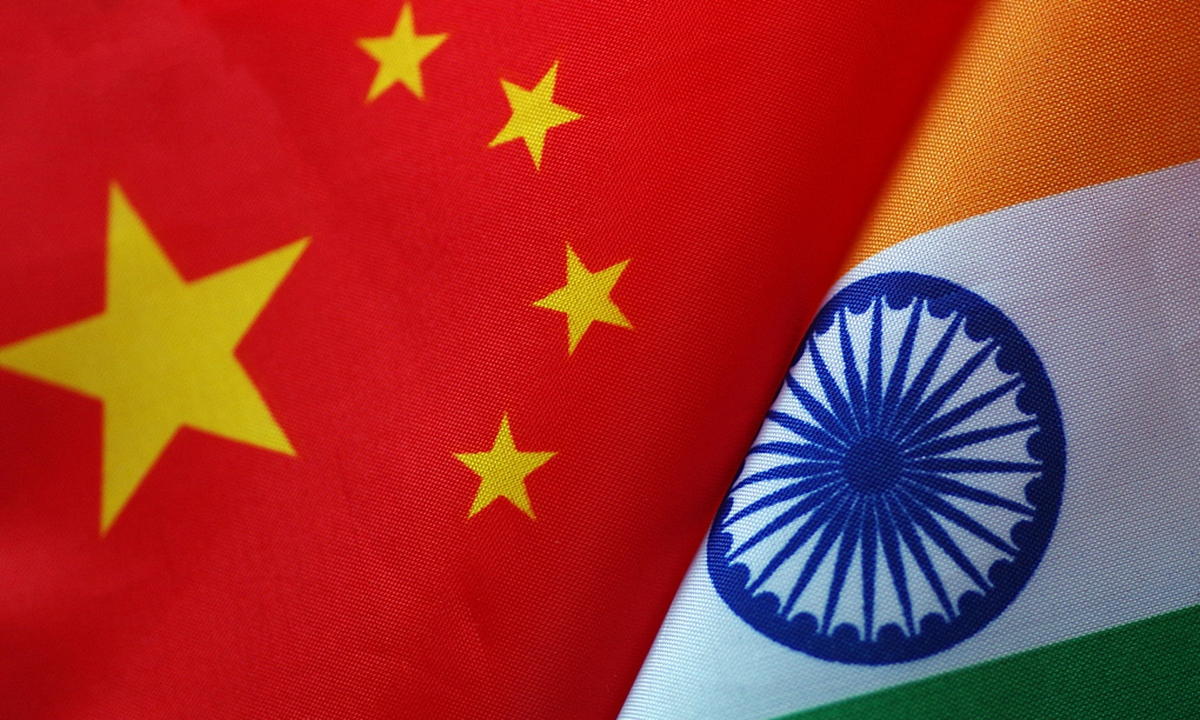It may be little difficult to come to any conclusive conclusion on why in 2020 China had moved its troops near the Line of Actual Control (LAC) in 2020.
But its economy has made it raise concerns. Apparently its strategists appeared to be mellowing down after its economy struggled to reverse the slowdown. Beijing economic concerns are now weighed down by issues such as property crisis and rising unemployment.
In 2024, the two sides worked together. In 2025 and beyond, India and China will have to sustain this understanding. India is at times courted by the West.
But one may underline that at times the west has been attempting to use India as a counterweight to China.
India will have to continue to smoothen the relationship with China and vice versa.

Xi Jinping with his most Namo in 2019
 |
| Blogger |
Thus, it may ill-afford any major confrontation with India given the market size here.
In October 2024, Chinese web magazine 'Global Times' carried an article stating -- "In June 2020, clashes broke out in the Galwan Valley, which was a culmination of long-standing issues and new conflicts between China and India, and closely linked to profound changes in the international and regional landscape....
Over the past four years, the two countries and their militaries have engaged in dozens of rounds of consultations to stabilize the border situation, continuously narrowing differences, expanding consensus, and consolidating the results of negotiations.
They have gradually reached the current stage, which is both hard-earned and a natural progression."
This albeit refers to the breakthrough in parleys between two sides.
In fact on October 21, India and China firmed up an agreement on patrolling and disengagement of troops along the LAC in eastern Ladakh at the remaining friction points of Depsang and Demchok.
The agreement led to the first structured meeting between Prime Minister Narendra Modi and President Xi Jinping on the sidelines of the BRICS summit at Kazan in Russia soon after, their first in five years.
Later in November External Affairs Minister Dr S Jaishankar met Chinese Foreign Minister Wang Yi on the sidelines of the G20 meeting in Brazil where they reached an understanding that the Special Representatives (SRs) and the Foreign Secretary-level mechanisms will be convened soon.
After the 23rd Special Representatives dialogue between Doval and Wang in December, the Ministry of External Affairs (MEA) said the extensive talks focussed on a “positive” direction for cross-border cooperation, including resuming the Kailash Mansarovar Yatra and border trade.
The Chinese side said a six-point consensus, including continuing to take measures to maintain peace at borders and promote healthy and stable development of relations, was reached between the two sides.
China is playing a few smart games.
Beijing has recalibrated its foreign, trade and military policies ahead of this year’s US Presidential elections, especially after President-elect Donald Trump vowed to enhance tariffs over and above what he imposed against China in his first tenure.
In 2025, amid stubborn attempts by the US and EU to restrict Chinese exports with heavy tariffs, China looks to push its exports as well as investments in India.
Experts see the trade expansion with India, currently the fastest growing economy in the world, also as a new avenue to partly offset its likely damages in the Trump 2.0 era.
New Delhi is also being pragmatic, China's emergence as a major economic and technological power perhaps is also in India's interest provided India plays the right game.
It may not be always a wise situation to join the western powers in trying to isolate and contain China.
The India-China bilateral trade has answer to some of these puzzles. The mutaual trade grew up to unprecedented levels in the past five years despite border tensions.
Hence, in the context of BRICS, we may soon understand that India and China need each other and can benefit from each other.
External Affairs Minister Dr Jaishankar has been frank when he said that the breakthrough agreement with China does not mean that the issues between the two countries have been resolved.
But it is true the disengagement will allows both sides to look at the next step.
Hence India-China relations will sustain the momentum created by the positive breakthrough in October and November.
Now we may need time to build trust and willingness to work together on the part of both countries.
We must appreciate that reality that has compelled two countries to seek engagement is that experience has convinced that, in today's world, Western powers cannot be reliable partners.
China is facing illegal sanctions, restrictions, technology denials and market blockages by Western powers.
India may also have issues with the US from time to time. Trump is not predictable.
New Delhi perhaps realizes that the US and its close political-geographical ally Canada will not hesitate to create problems for India by way of sheltering anti-India separatist forces on their soil.
India and China are truly two great Asian neighbors and thus hostile relationship should not be on a permanent basis between neighbouring countries.
Moreover, both the countries share the same unchangeable geography.
The two sides share the wisdom of two ancient civilizations, which have survived and flourished on the bedrock principles of peaceful coexistence.
Maybe this can be taken forward.
ends







No comments:
Post a Comment